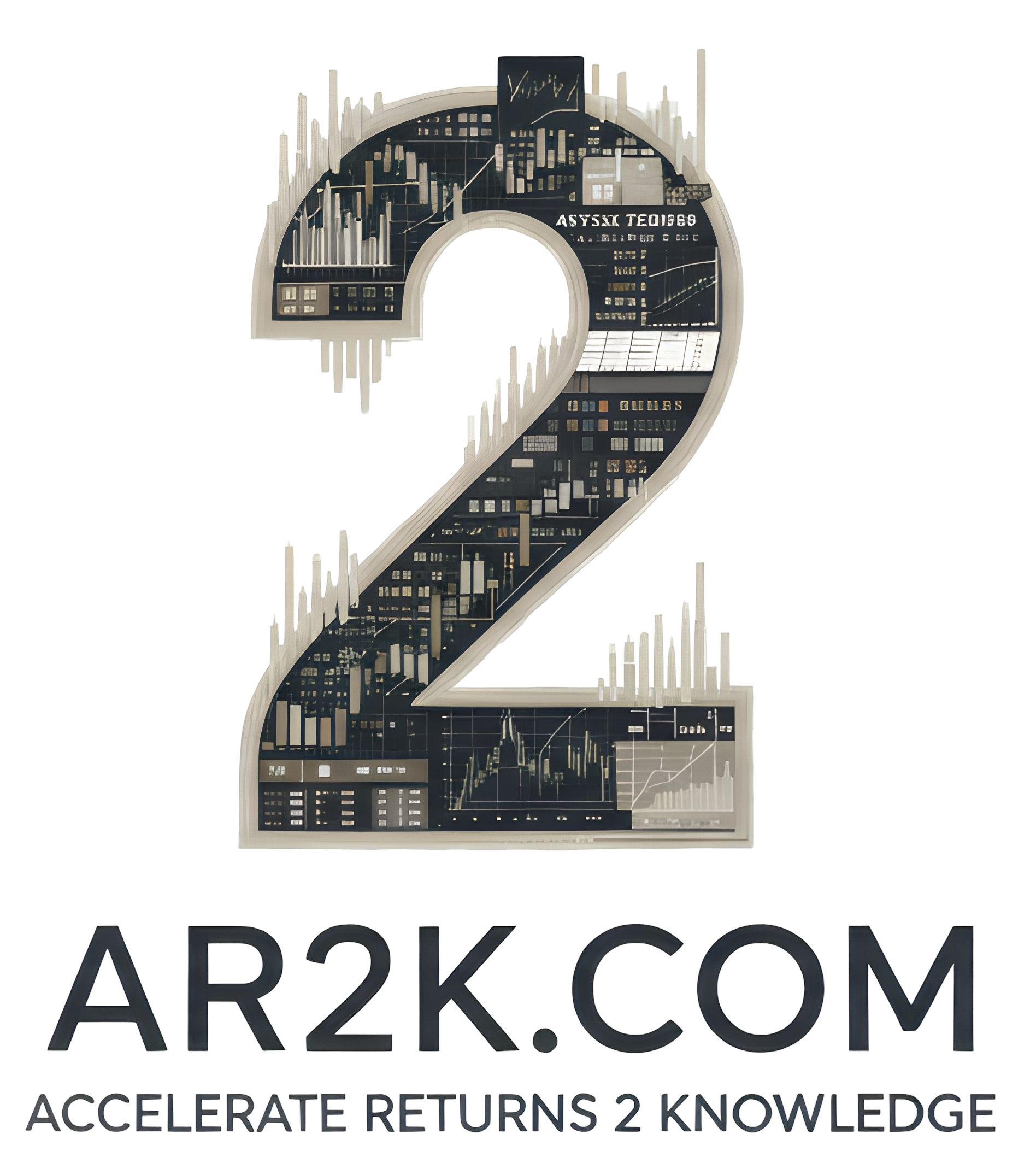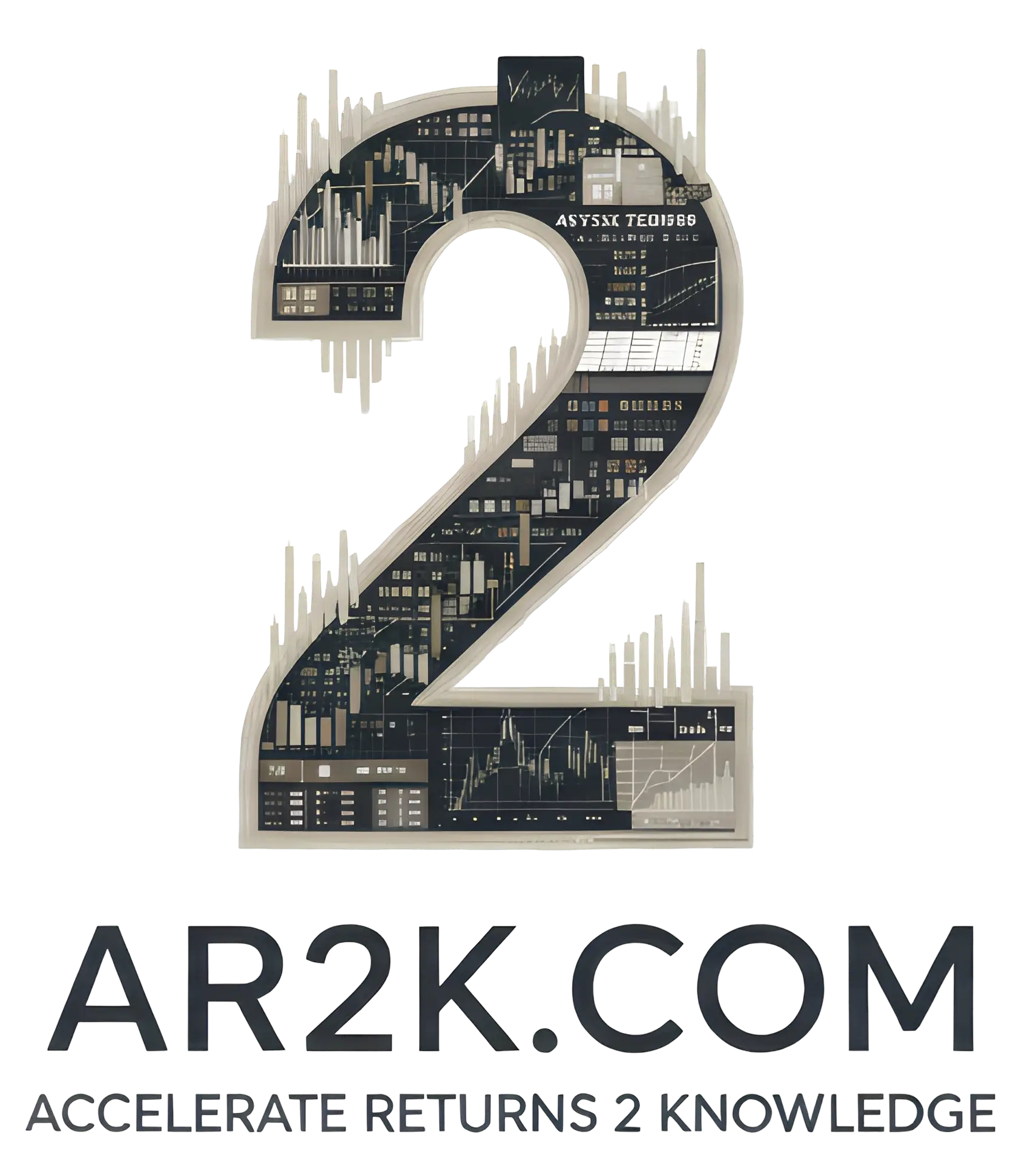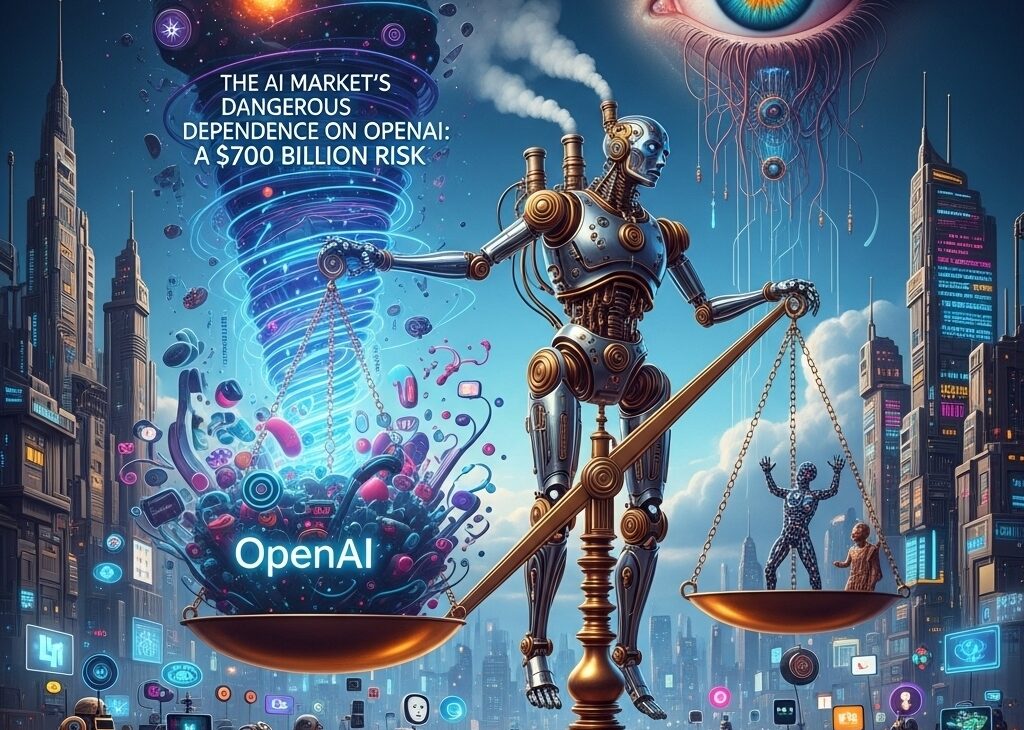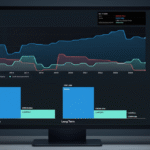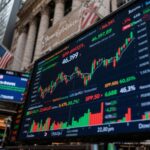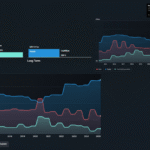The artificial intelligence boom has created one of the most significant investment waves in modern history, with technology giants pouring nearly $400 billion into AI infrastructure this year alone. However, beneath the surface of this unprecedented spending spree lies a concerning reality: the entire AI trade is becoming dangerously dependent on a single company—OpenAI.
The Kingpin of AI
Since launching ChatGPT nearly three years ago, OpenAI has evolved from a promising startup into the undisputed leader of the generative AI revolution. The company’s influence extends far beyond its own operations, creating a web of dependencies that now spans the entire technology sector and beyond.
“The kingpin in all this is OpenAI, and if OpenAI stumbles, this AI trade is going to stumble,” warns Ted Mortonson, managing director at Baird and a 30-year Wall Street veteran specializing in technology markets.
This centralization of risk became starkly apparent during recent deal announcements. Oracle Corporation issued $18 billion in bonds to fund its data center buildout after striking a reported $300 billion agreement with OpenAI. Meanwhile, CoreWeave expanded its infrastructure partnership with OpenAI despite already carrying a leveraged debt-to-earnings ratio of 5.1x.
The Debt-Fueled AI Arms Race
The scale of spending required to maintain competitiveness in AI is staggering. Cloud computing giants are projected to spend approximately $380 billion on AI infrastructure this year, with estimates suggesting this could balloon to $700 billion or more in 2025.
This massive capital requirement has forced even the most cash-rich technology companies to turn to debt markets. Companies like Alphabet and Microsoft, once considered “free-cash-flow machines,” are now seeing deterioration in this key financial metric as they intensify AI spending to avoid falling behind.
The financing pressure is particularly acute for OpenAI itself, which Mortonson describes as showing “dramatically” negative free cash flow while simultaneously making expensive acquisitions, such as its $6.5 billion purchase of iPhone designer Jony Ive’s startup.
Systemic Risk Beyond Technology
The OpenAI dependency extends well beyond the technology sector, creating systemic risks throughout the broader economy. Manufacturing companies like Caterpillar and Cummins have benefited from the AI infrastructure buildout, while utility companies face unprecedented demand for power.
“Let’s say OpenAI pauses on debt or can’t get debt financing,” Mortonson explains. “The whole tentacles across the market start to atrophy.”
This interconnectedness means that any stumble by OpenAI could trigger a cascade of negative effects across multiple industries, from technology suppliers to industrial manufacturers to utility providers.
Four Pillars of Risk
Beyond the concentration risk around OpenAI, several other factors compound the potential for market disruption:
1. Unsustainable Debt Accumulation
The financing mechanisms driving AI expansion are creating what many analysts fear could become a debt bubble. Oracle’s recent $18 billion bond issuance, which includes unusual 40-year maturities despite technology’s inherent unpredictability, exemplifies the “creative” financing structures emerging in the sector. With spending projected to nearly double to $700 billion next year, companies have little choice but to issue debt to remain competitive.
2. Rising Consumer Energy Costs
The unprecedented demand for data center power is driving utility costs higher across the country, creating what Mortonson describes as consumers “getting whaled” by rising electricity bills. This has generated unexpected pushback from consumers who “didn’t ask for” autonomous driving, cryptocurrency, or generative AI but are bearing the cost burden through higher household utility bills.
Bernstein analysts have warned that after a decade of flat power demand, the sudden inflection could strain the U.S. power grid to the breaking point. They predict consumers will increasingly blame rising electricity prices on utility companies, hyperscalers, and government policies—a dynamic that politicians are beginning to notice.
3. Supply Chain Vulnerabilities
The rapid advancement of AI technology has outpaced supply chain readiness. Nvidia’s unprecedented push of high-performance computing architecture has created bottlenecks in component availability. As Mortonson notes, “these are technologies that are just being mainstream right now, and the supply chain’s not ready for it.” Any significant supply disruption could act as a gating factor for AI advancement across the entire sector.
4. Market Disconnect and Speculative Trading
A concerning disconnect has emerged between institutional and retail investor behavior. While Mortonson’s institutional clients are growing cautious and “selling winners” in anticipation of a correction, retail traders continue treating the market “somewhat like a casino,” piling into heavily shorted stocks. This divergence suggests underlying instability that could amplify any OpenAI-triggered downturn.
The Race Against Time
The AI industry finds itself in what Mortonson calls a “race of time-to-power”—the critical period required to connect new data centers to the power grid. Companies face a stark reality: if they don’t build infrastructure now, “they’re screwed,” but the massive capital requirements force them into increasingly leveraged positions.
This creates a dangerous feedback loop where success breeds more risk-taking, and any disruption to the cycle could have cascading effects.
Peak Inflated Expectations
Using the widely recognized Gartner Hype Cycle as a framework, Mortonson positions the current AI market at the “peak of inflated expectations,” where “we’re priced to perfection and nobody’s looking around the corner at any of the downside.”
While he believes generative AI will eventually deliver returns on investment, that payoff remains two to three years away—a significant gap during which the market remains vulnerable to shocks.
The Oracle Example: Creative Financing in Uncertain Times
Oracle’s recent $18 billion bond issuance serves as a case study in the increasingly exotic financing structures required to fund AI ambitions. The inclusion of 40-year maturities—unprecedented for technology infrastructure given the sector’s rapid evolution—highlights the lengths to which companies will go to secure funding.
This “creative” approach to financing reflects the underlying desperation to maintain competitive positioning, even as the long-term viability of such investments remains uncertain.
Beyond Technology: Economy-Wide Implications
The ripple effects of OpenAI’s centrality extend far beyond Silicon Valley. Manufacturing giants like Caterpillar and Cummins have benefited significantly from AI infrastructure demand, while utility companies face unprecedented challenges in meeting power requirements.
This broad economic integration means that an OpenAI stumble wouldn’t just affect technology stocks—it could trigger a contraction across multiple sectors simultaneously.
The Critical Questions
As the AI boom continues, several critical questions remain unanswered:
- Can OpenAI maintain its funding trajectory while operating at dramatically negative free cash flow?
- Will consumer pushback over rising energy costs create political pressure to constrain AI development?
- Can supply chains adapt quickly enough to support the unprecedented pace of technological advancement?
- How long can the disconnect between institutional caution and retail exuberance persist?
Investment Implications
For investors navigating this environment, Mortonson’s advice is succinct: “Be careful.” The convergence of debt accumulation, supply chain constraints, consumer backlash, and market speculation creates a volatile mix that could unwind rapidly if OpenAI faces any significant challenges.
The AI revolution will likely continue, but the current financing structures and market dynamics suggest significant turbulence ahead. Investors would be wise to consider not just the potential upside of AI investments, but the systemic risks that come with an entire market segment’s dependence on a single company’s continued success.
As Wall Street grapples with how to factor potential consumer and political blowback into market expectations, one thing remains clear: the fate of hundreds of billions in investment dollars increasingly rests on OpenAI’s ability to navigate an increasingly complex landscape of financial, technical, and social challenges.
The question isn’t whether AI will transform the economy—it’s whether the current structure can survive the transition intact.
